Crying and Fussing
Feeding Baby
Kangaroo Care
- www.kangaroomothercare.com
- The importance of skin to skin contact
- Comparison of Skin-to-Skin (Kangaroo) and Traditional Care: Parenting Outcomes and Preterm Infant Development
- Kangaroo Mother Care and the Bonding Hypothesis
- A Randomized, Controlled Trial of Kangaroo Mother Care:
Results of Follow-Up at 1 Year of Corrected Age
Parental Issues
Resources
- Additional resources including books, web sites and support groups
- Author Elizabeth Pantley
- Medicalizing Motherhood: Maternity Care in Canada in the 1920s and 1930s
by Joy Noel-Weiss RN IBCLC MScN
Sleep
- Co-sleeping by Lenore Goldfarb
- Co-Sleeping - Making it Work and Making it Safe
- Early Bedtime Means Better Baby Sleep
- Newborn Babies and Sleep
- Regular Naps Improve Nighttime Sleep
- Should I let my baby cry it out?
- The Natural Child Project James McKenna Library
- About James McKenna
- What is Preventing Your Baby from Sleeping Through the Night?
- Wonderful Sounds for Sleep
- Write a Family Bestseller - My Sleep Book
